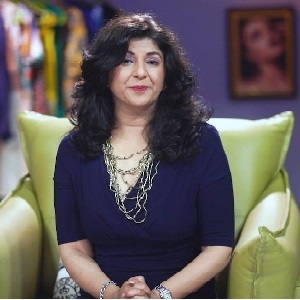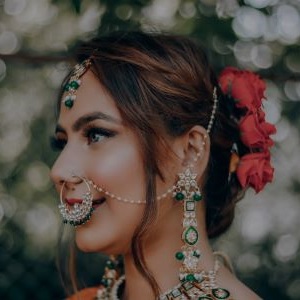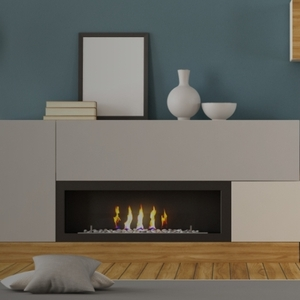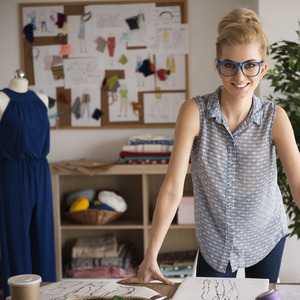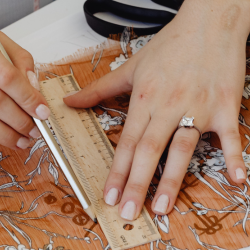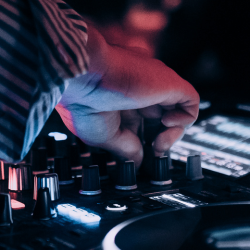If you’re stepping into the world of interior design—or taking your career to the next level—nailing the interview is as important as a polished portfolio. Whether you’re applying for an internship, a full-time job, or a freelance gig, interviews offer a chance to showcase your creativity, technical skills, and understanding of client needs. If you’ve completed an interior design course, this is also the perfect opportunity to highlight how your training has prepared you for real-world projects and design challenges.
In this guide, we’ll walk you through the top interior design interview questions and provide sample answers to help you prepare with confidence.
Table of Contents
-
- Top 25 Interior Design Interview Questions
- What inspired you to pursue a career in interior design?
- What types of design projects are you most passionate about, and why?
- How would you describe your personal design style? Do you have a favorite aesthetic?
- What would you say is your greatest strength as an interior designer?
- Can you tell me about a project you found particularly challenging? What made it so, and how did you handle it?
- How do you typically approach the design process when starting a new project?
- What steps do you take when planning a space and determining its layout?
- How do you balance functionality with aesthetics in your designs?
- Can you share how you mix different styles in a single design without it feeling disjointed?
- Can you walk me through a recent project—from concept to execution?
- What was the client’s vision for that project, and how did you bring it to life?
- Do you have any images or sketches from that project you could share?
- How do you make sure communication stays clear and consistent with clients throughout a project?
- How do you typically persuade clients to consider design ideas they may not have thought of or initially liked?
- What are some common concerns or objections clients have, and how do you address them?
- How do you handle disagreements with clients when they don’t align with your vision?
- How do you manage multiple projects at once and ensure everything stays on schedule?
- What’s your approach to handling client revisions or last-minute changes during a project?
- How do you typically deal with unexpected construction delays or changes?
- Can you share a project where staying within budget was a challenge? How did you manage it?
- What’s your strategy for keeping a design project within the budget without compromising the vision?
- What design or rendering software are you most comfortable using (e.g., AutoCAD, SketchUp, Revit)?
- How do you ensure your designs meet relevant building codes and safety regulations?
- How do you approach site analysis? What key factors do you consider before beginning the design?
- How do you keep yourself updated with the latest interior design trends and industry standards?
- Conclusions
- FAQs
- Top 25 Interior Design Interview Questions
Top 25 Interior Design Interview Questions
1. What inspired you to pursue a career in interior design?
“I’ve always been passionate about transforming spaces to evoke emotions and improve functionality. Watching how light, materials, and spatial layout can change the feel of a room fascinated me. That passion led me to study interior design and pursue it professionally.”
2. What types of design projects are you most passionate about, and why?
“I’m especially drawn to residential spaces because I love helping people create a home that reflects their personality and lifestyle. There’s a deep emotional value in shaping someone’s everyday environment.”
3. How would you describe your personal design style? Do you have a favorite aesthetic?
“My personal style leans toward modern minimalism with subtle organic elements. I enjoy using clean lines and natural materials to create calm, functional spaces.”
4. What would you say is your greatest strength as an interior designer?
“I’d say my ability to blend aesthetic appeal with practicality. I ensure the space looks beautiful but also functions effortlessly for the people using it.”
5. Can you tell me about a project you found particularly challenging? What made it so, and how did you handle it?
“One challenge was designing a café in a compact space with structural limitations. I maximized vertical storage and incorporated multi-functional furniture to address space constraints while still keeping the design inviting.”
6. How do you typically approach the design process when starting a new project?
“I begin with a detailed client consultation to understand their vision, lifestyle, and functional needs. Then I conduct a site analysis, create mood boards, and gradually move into floor plans and 3D renders.”
7. What steps do you take when planning a space and determining its layout?
“I start with understanding the flow and functionality of the space. I focus on zoning, circulation, light sources, and user behavior before deciding on furniture placement or decor.”
8. How do you balance functionality with aesthetics in your designs?
“I believe functionality is the foundation of great design. Once the functional layout is clear, I layer in color palettes, textures, and materials to elevate the space visually.”
9. Can you share how you mix different styles in a single design without it feeling disjointed?
“It’s all about a unifying element—whether it’s a common color scheme, material, or shape. That way, the contrasting styles complement rather than clash.”
10. Can you walk me through a recent project—from concept to execution?
“Sure. I worked on a studio apartment where the client wanted an industrial-chic vibe. After discussing their needs, I developed a concept board, finalized layout plans, selected materials like exposed brick and steel, and supervised the implementation stage with contractors.”
11. What was the client’s vision for that project, and how did you bring it to life?
“The client wanted a modern, edgy look that still felt warm. I used neutral tones with bold accents and warm lighting to create that balance.”
12. Do you have any images or sketches from that project you could share?
“Yes, I always document my work visually—sketches, 3D renders, and final photos—for my portfolio.”
13. How do you make sure communication stays clear and consistent with clients throughout a project?
“I set up regular check-ins, provide visual updates, and maintain a shared document for any ongoing changes or decisions.”
14. How do you typically persuade clients to consider design ideas they may not have thought of or initially liked?
“I present them with visual references, mood boards, and practical benefits of the idea. Seeing it visually often helps them see its potential.”
15. What are some common concerns or objections clients have, and how do you address them?
“Budget is often a concern. I offer multiple options within different price ranges and explain where quality is most important.”
16. How do you handle disagreements with clients when they don’t align with your vision?
“I remind myself that the space is for them. I gently present alternatives that meet both design standards and their expectations. Compromise is key.”
17. How do you manage multiple projects at once and ensure everything stays on schedule?
“I use project management tools like Trello or Asana and maintain detailed calendars. Communication and delegation also help manage workload efficiently.”
18. What’s your approach to handling client revisions or last-minute changes during a project?
“I stay flexible and keep a buffer in the schedule for such situations. I also communicate the implications of changes on cost and timeline clearly.”
19. How do you typically deal with unexpected construction delays or changes?
“I coordinate with contractors regularly and keep clients informed. I also prepare contingency plans to adjust timelines without compromising quality.”
20. Can you share a project where staying within budget was a challenge? How did you manage it?
“One project had a tight budget but high-end expectations. I used cost-effective alternatives, like laminate finishes instead of real wood, without affecting the look and feel.”
21. What’s your strategy for keeping a design project within the budget without compromising the vision?
“I prioritize spending—splurge where it matters (like on statement pieces), and save on accessories or less-noticed details.”
22. What design or rendering software are you most comfortable using (e.g., AutoCAD, SketchUp, Revit)?
“I’m proficient in AutoCAD, SketchUp with V-Ray, and Adobe Photoshop for presentations. I also use Revit when needed for BIM-based projects.”
23. How do you ensure your designs meet relevant building codes and safety regulations?
“I always consult local codes and work closely with structural engineers and contractors to ensure compliance.”
24. How do you approach site analysis? What key factors do you consider before beginning the design?
“I assess light, ventilation, circulation, and spatial dimensions. I also consider the site’s surroundings and user movement.”
25. How do you keep yourself updated with the latest interior design trends and industry standards?
“I follow design magazines, attend expos, watch webinars, and network with fellow designers to stay in the loop.”
Conclusion
Preparing for an interior design interview involves more than just knowing your style—it’s about communicating your design process, problem-solving ability, and interpersonal skills. With thoughtful preparation, you can turn every question into an opportunity to tell your unique design story.
FAQs
1. How to prep for an interior design interview?
Review your portfolio, research the company, and practice articulating your design philosophy and process.
2. What are the skills for interior design?
Key skills include creativity, spatial awareness, CAD proficiency, client communication, project management, and attention to detail.
3. How to crack design interviews?
Show your passion, back your ideas with visuals or experiences, and be ready to talk through challenges and solutions clearly.
4. How to dress for a design interview?
Opt for a polished but creative look that reflects your aesthetic—think clean, modern attire with a pop of personality (like a statement accessory or unique color).







